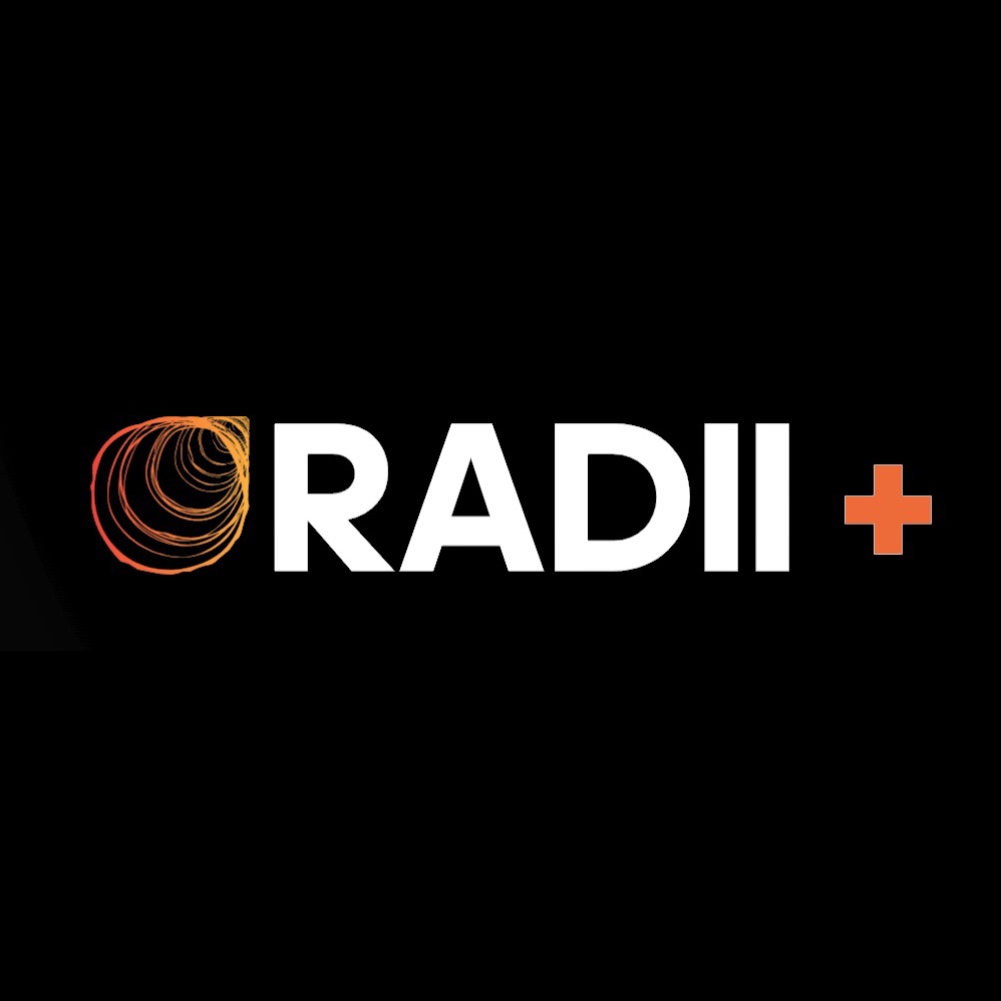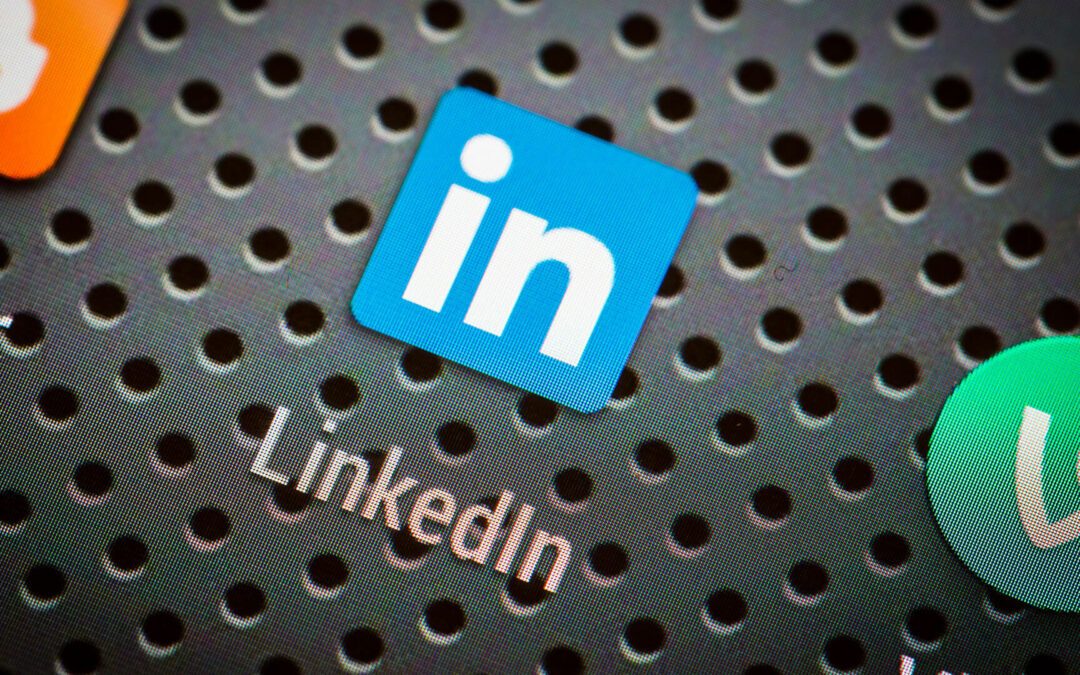A sensation that is all too familiar to tech industry employees is the sudden appearance of a commercial for the same B2B vendor that they have been receiving advertisements for at the office (or, at least, on a different computer screen in their home) after they have finished their work and are watching TV.+
Increasingly, you can attribute that experience to LinkedIn.
The white-collar social networking platform conducted its initial beta test in the CTV ad buying space last year. This test enabled advertisers to submit ads directly through LinkedIn’s Campaign Manager to publishing partners such as Paramount, Samsung Ads, and Roku.
Those ad formats are now generally available across the US and Canada, as well as new VAST tag integrations (which help standardize video ads across various platforms, per the IAB) and expanded reach into Paramount, as of a few weeks ago.

According to Abhishek Shrivastava, Vice President of Product Management, the objective is for B2B marketers to be able to target decision makers and industry leaders by identifying the specific shows they watch on connected TV devices. This will be achieved through integrations with LinkedIn’s Audience Network, which will allow marketers to narrow down viewers based on their industry vertical, role type, and even individual titles and companies.
Shrivastava informed AdExchanger that the decisions made in B2B are made by a purchasing group, which is why it is crucial to consider the audience one targets. It is unsurprising that LinkedIn asserts to possess knowledge regarding the demographic of individuals who are typically included in that purchasing group.
READ MORE: Magnite Secures CTV Agreement With Amazon Publisher Services
The Campaign Manager operates in a relatively straightforward manner. Advertisers have the option of constructing their target audience using LinkedIn’s data or their own. Subsequently, they submit their creative into the tool and specify the shows or publishers they wish for their ads to appear alongside.

While the majority of the CTV inventory accessible through LinkedIn is based on a bidding model, there are a few curated premium programs and channels that necessitate a higher upfront price. This inventory, which is referred to as “CTV Select,” includes superior-quality programs from Paramount+ and NBCUniversal, as well as other publishing partners.
LinkedIn provides reporting via iSpot after the campaign is live, enabling purchasers to compare their platform reach to their traditional linear TV buys. For instance, Salesforce recently discovered that LinkedIn’s CTV ads generated four times as many on-target impressions as linear TV, as indicated by a recent case study.
In the majority of B2B marketing scenarios, “on-target impressions” can be as specific as a single individual employed by a specific organization.
“Titles are extremely significant to business decision makers,” stated Jonathan Vu, the Vice President of Marketing at ServiceNow, a company that creates cloud- and AI-based platforms for enterprise technology clients.

ServiceNow has already achieved some success in utilizing LinkedIn’s CTV advertisements, similar to Salesforce. LinkedIn is credited by the company with a 19% increase in awareness among audiences at large corporations and a 45% increase in lead submission rates.
“The competitive advantage is that we can leverage the same audience that we are currently targeting for other campaigns on LinkedIn for this CTV buy,” Vu stated.
The video tsunami of the future
However, LinkedIn’s primary audience is not exclusively composed of decision makers; it also includes a significant number of CTV viewers.
According to a recent study conducted by Magna Media Trials, 98% of LinkedIn users watch CTV in a given week, while 83% of users watch linear TV. Additionally, a staggering 94% of respondents assert that they regularly view commercials on cable television, while 37% report that they do so on a daily basis.
Given the aforementioned, it is logical for LinkedIn to be focusing on CTV, in addition to the fact that it is a natural progression from its recent efforts to promote video content (and, more importantly, video advertisements).

LinkedIn has recently announced the introduction of “BrandLink,” a revamp of its Wire program that places video advertising alongside editorial content, in addition to its new CTV capabilities.
Previously, the editorial content was limited to articles from partnered publishers, such as The Wall Street Journal, Bloomberg, and Forbes. However, it now also incorporates instream videos from members of LinkedIn’s creator community, such as Rebecca Minkoff and Gary Vaynerchuck.
It may be disconcerting for users who are accustomed to observing influencers on video-first social media platforms to also encounter them on LinkedIn. This is akin to the phenomenon of bears invading suburban neighborhoods in search of sustenance.
READ MORE: Knives Out For The Trade Desk’s Take Rate As CTV Takes Off
However, Shrivastava contends that LinkedIn’s adoption of video is not intended to attract new categories of users to the platform; rather, it is intended to assist its current user base in “finding more value with video.”

Shrivastava stated, “The truth is, video is currently the dominant language on the internet.” We are essentially attempting to ensure that video is as effective for B2B and professional use cases as it is for the consumer side.
According to Vu, the influencer content on LinkedIn is currently “less noisy” than it is on other platforms. This is partially due to the fact that the audience is so specific, but also because the audience still predominantly uses LinkedIn to allow for genuine human interaction.
Vu stated that LinkedIn is likely the most “social” social platform currently available. “Everyone is visiting LinkedIn with the explicit goal of establishing a connection with a specific audience or perspective.”
Step into the ultimate entertainment experience with Radii+ ! Movies, TV series, exclusive interviews, live events, music, and more—stream anytime, anywhere. Download now on various devices including iPhone, Android, smart TVs, Apple TV, Fire Stick, and more!


